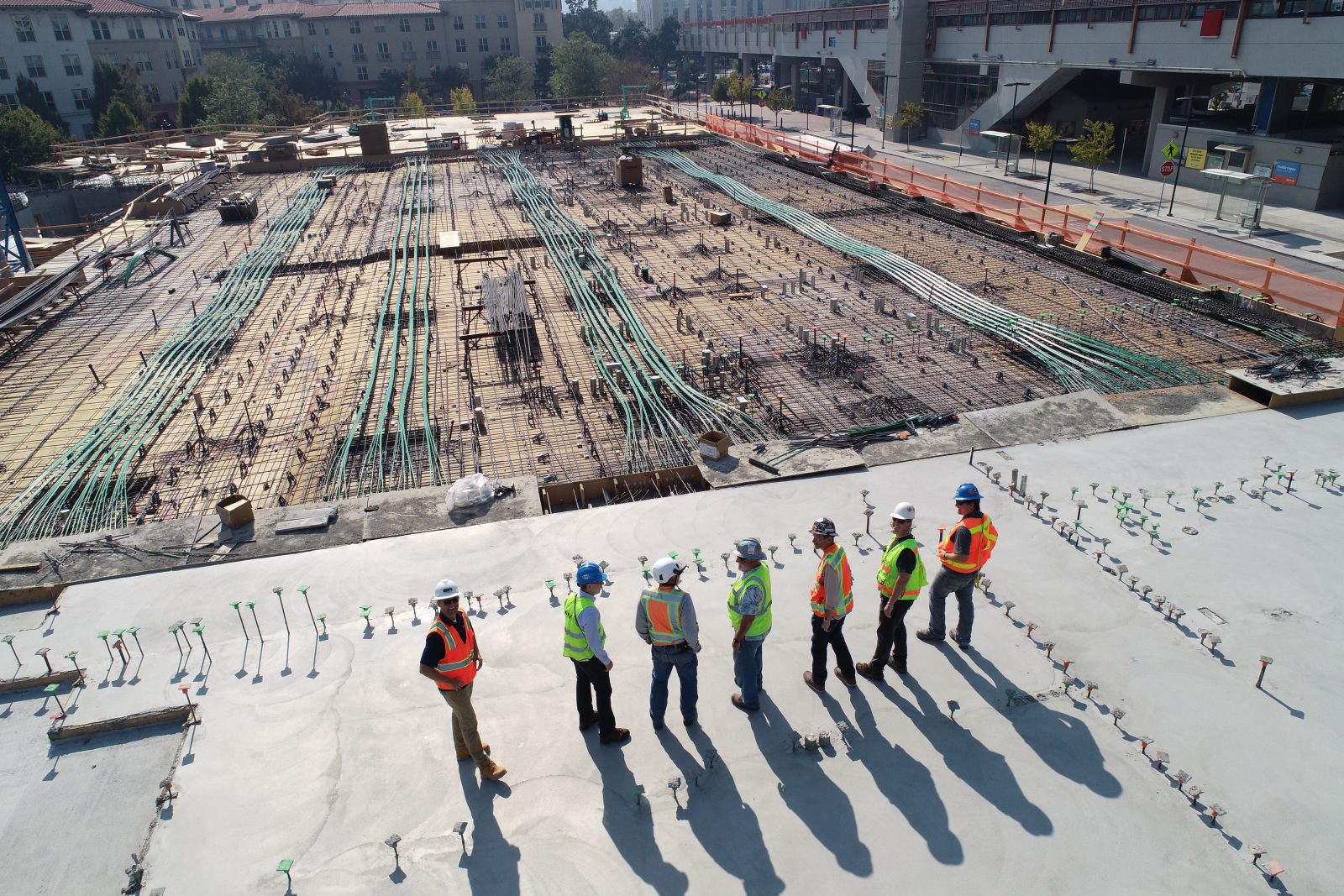How can the construction sector tackle hazardous waste?
Construction is a growing industry in the UK and with a growing population and demand for improved infrastructure within our cities, the sector is likely to continue its development. With record numbers of employment and a potential for high earnings, it’s not surprising that the sector is performing well, but despite this, there are some risks within the industry that can negatively impact project delivery.
One of the biggest issues in the construction industry is hazardous waste. Once hazardous materials have been found, it can pose a significant risk to development plans and cost the business valuable time and money. In order to deal with the problem, firms are increasingly looking towards environmental consultancy services to help identify and dispose of the waste quickly and efficiently.
According to the Health and Safety Executive, substances that pose a risk either to the environment or to human health are all classed as hazardous waste. Businesses have a responsibility for handling hazardous waste, however their duty of care will depend on whether they are a producer or holder, carrier or a consignee.
The following substances are the most commonly found types of hazardous waste:
- Asbestos
- Chemicals
- Batteries
- Solvents
- Pesticides
- Oils
- Various equipment that include ozone depleting substances and general hazardous waste containers — which can be quite common in construction.
These materials can come in many forms, including vapours, gasses, micro-organisms, and solids. However, under certain conditions a substance can exist in more than one form at the same time, which means businesses must be correctly equipped to handle them. It has been reported that we produce 400 million tonnes of hazardous waste each year globally — that’s 13 tonnes every second. As this figure has significantly increased over time, governments around the world are applying pressure on businesses to keep waste to a minimum through the encouragement of prevent, reuse, recycle or recover waste in that specific order. This is known as The Waste Hierarchy.
Specialist storage is needed for hazardous waste and safety must always be paramount. As a standard, this waste can be categorised within four main sub-categories which will depend on the type of development you are working on:
- Construction
- Demolition
- Industry
- Agriculture
You also need to ensure that you secure the waste and label it correctly. To prevent any contamination on your construction site, waterproof covers are recommended so that no waste can run off to any other area. As well as the physical precautions you put in place, you must keep records to make sure that everything is accounted for. Before your waste management company comes for collection, you must also fill out a consignment note which is required when:
- Collections from businesses that are registered waste carriers.
- Movements from one premises to another within the same organisation.
- When another business has produced waste, movements from customer premises.
The consignment note is not needed when:
- The movement of domestic hazardous waste – other than asbestos.
- Waste has been imported and exported under international waste shipment controls that
require a different movement note.
When it comes to hazardous waste, there’s a lot to consider. Make sure you’re prepared ahead of your next build by analysing your site before putting plans in place or discussing with environmental consultants.

